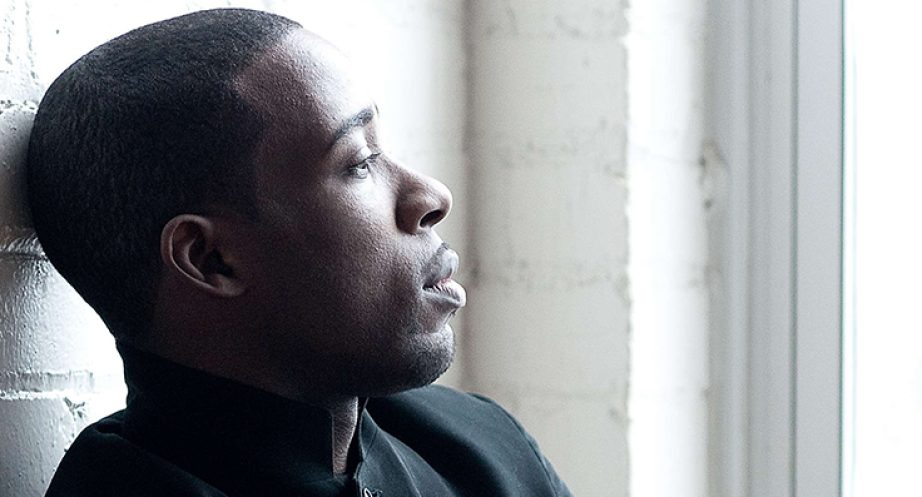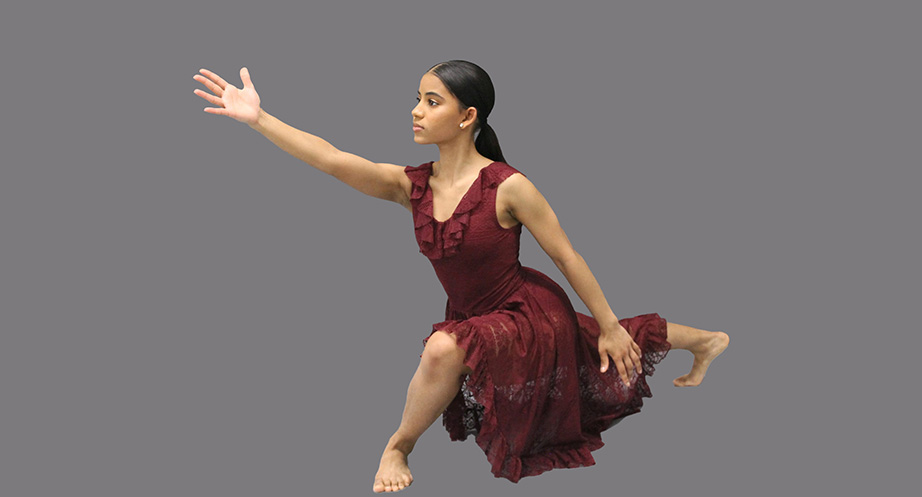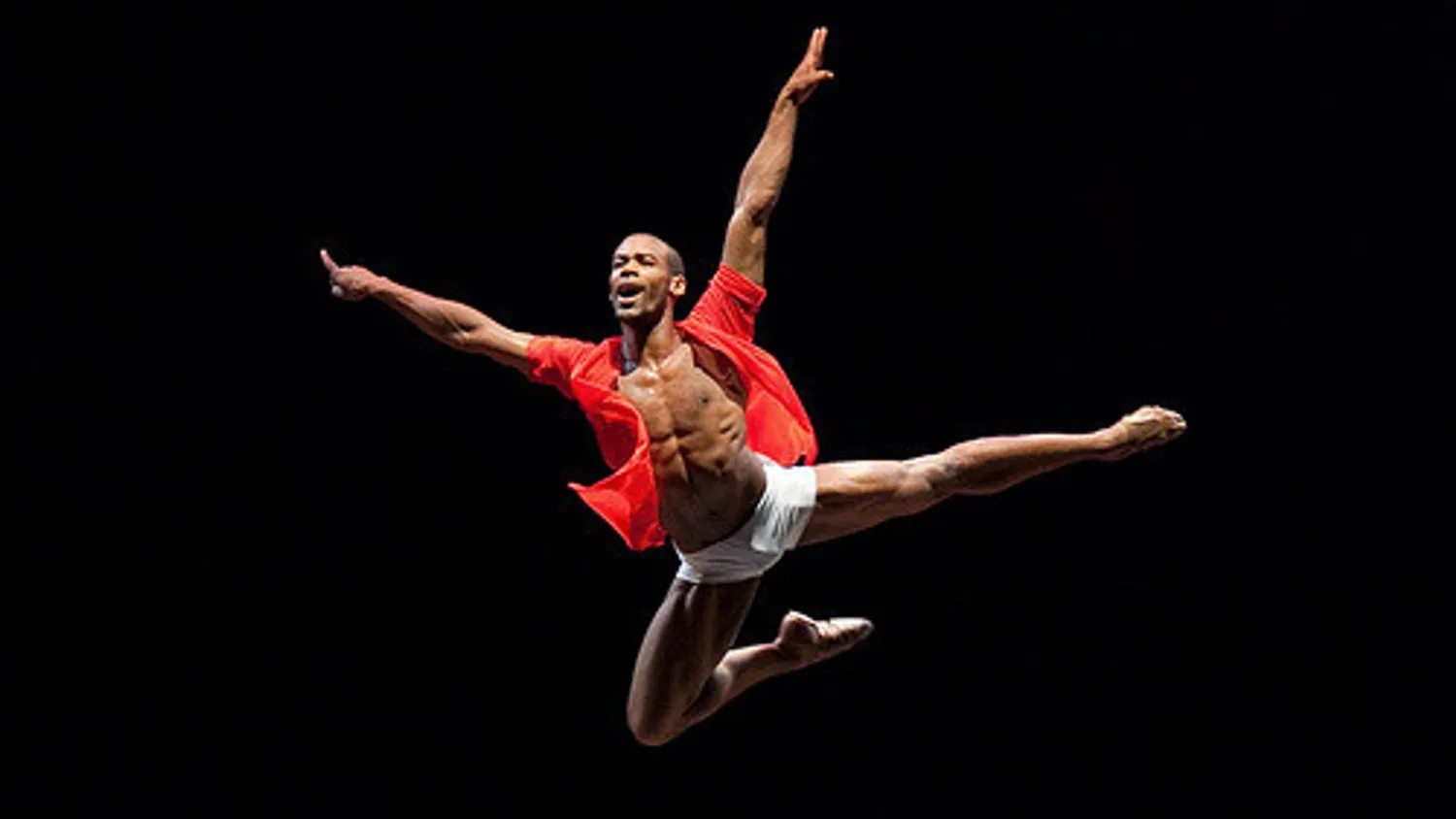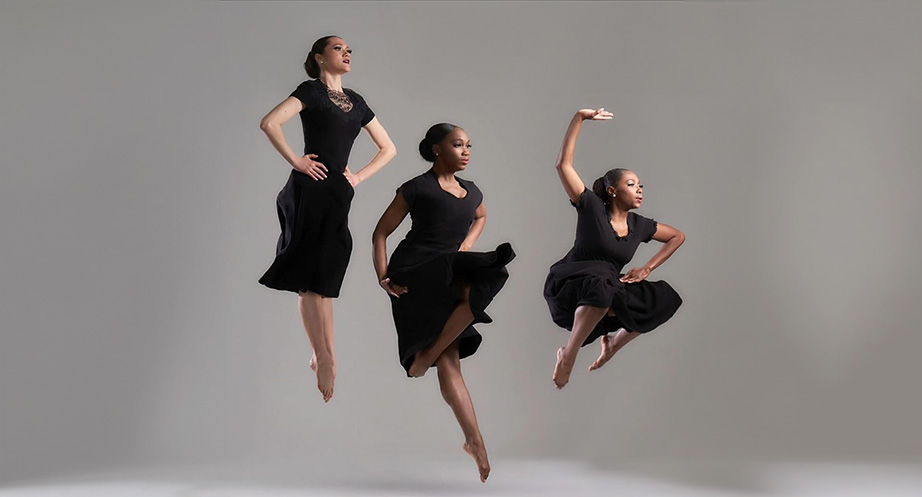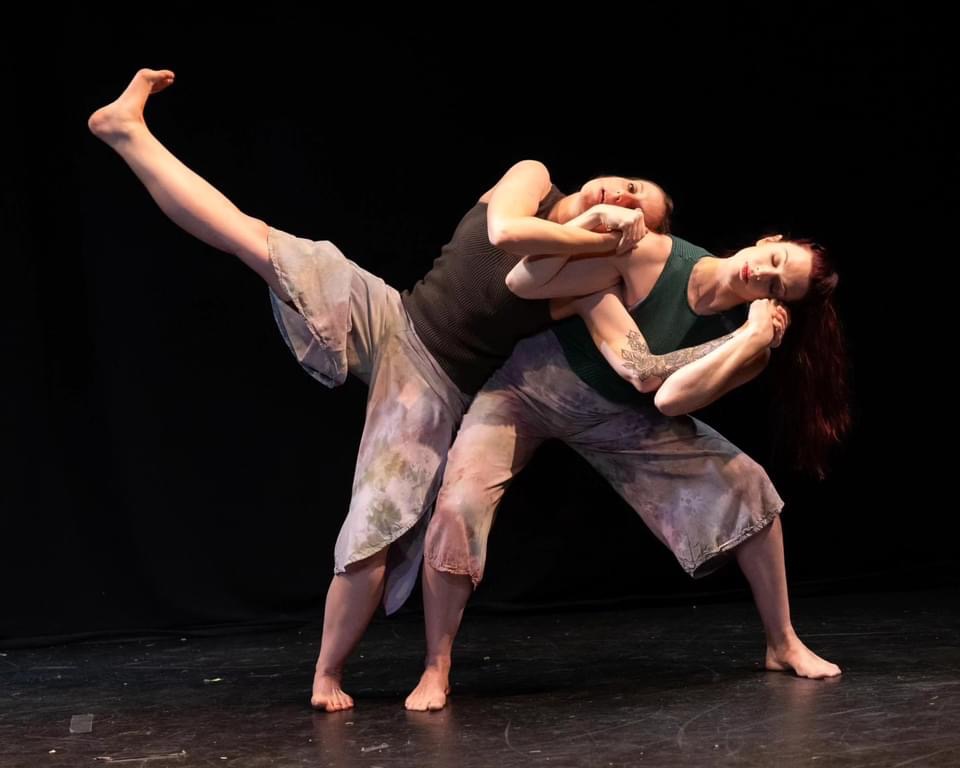by Lewis J Whittington for The Dance Journal
Dancer-choreographer Iquail Shaheed formed his company Dance Iquail! fourteen years ago with a mission to create dance and use it as what he calls a “conduit” for social justice. It would be a shared goal with his dancers in their creative process that would also be represented, artistically and thematically, on the dance stage. It is an ambitious and risky project to sustain in the demanding public landscape of dance-theater. Yet Shaheed has piloted this vision with innovative business strategies and original repertory works that inspire audiences beyond the dance stage.
As a former member of Danco/2, Shaheed went on to dance in a slate of companies in the US and Europe. He also has performed in Broadway shows and is on the faculty of several institutions including The Ailey School. He has received many dance awards, including a 2015 Pew, and currently serves as treasurer for the International Association of Blacks in Dance (IABD). Last year, Iquail received grants from the New England Foundation for the Arts and the National Endowment for the Arts.
In a Zoom interview earlier this month, Shaheed stated that he is looking for ways to work towards a healthier Philadelphia professional dance community, which meets a dance industry’s moment in crisis due to the pandemic. It is time for professional dance think-tanks and initiatives that work toward more equitable and sustainable dance organizations.
The process will be even more daunting as the industry attempts to restart after the shutdown and as everyone staggers toward some semblance of economic recovery. If ever there was a time for the dance institutions in Philadelphia to develop more unifying strategies in a reductive performing arts environment, it is now.
Shaheed cites this as a time for more proactive investment in people, beyond the single goal of creating performances. “We’re artists, and maybe it is time to reexamine our goals as people,” observing that “Pre-pandemic maybe our focus was to create good art and we can still do that, but we might focus on what has to be different, our common goals for the future.”
One of the areas that Shaheed cites as an opportunity is non-profit dance companies and dance schools considering joining forces. He elaborates, “building those partnerships across higher learning institutions, and other collaborations with more of a hybrid model with eyes on diverse incomes. Focusing on technology, for one, as we all now realize, comes with other funding challenges.”
Another system that needs to change is what Shaheed dubs as the ‘silos’ of dance schools and companies. He observes that schools turn out so many graduates, “with too few pipelines into the field for actual employment. We need to find ways can we fully invest in nurturing partnerships for opportunities.” There needs to be a dance ecosystem where institutions of dance training and companies are working together so that there is a flow of talent and funds that will allow the dance organizations to be creative and inventive.
Shaheed explains, “without the pressure of needing to be…how to say this…I think the expectation of art having to be super high, and if it is not a predetermined level that you can’t get funding. Post-pandemic, how are artists going to be able to live up to that standard. There has to be a complete paradigm shift to the way we evaluate art. The way we support the risk-taking and innovation that the field really wants. The foundation of that is the way we get to mutually beneficial collaborations.”
“I’m not asking someone to fund a dance piece or performance, but a belief in our connections to people, that aren’t just about the messages but demonstrate a real change in actions at every level. How do we affect that change beyond saying that we have a diverse board and staff?”

Public Enemy to premiere in 2021
“I have used dance as a conduit for eliminating social injustice and systemic inequities.”
This statement is Iquail Shaheed’s core philosophy for his art and is powerfully represented in his upcoming 90-minute dance-theater work titled Public Enemy. It is a co-commission with The Painted Bride Art Center and chronicles the experiences of incarcerated Black and Latino men.
As a choreographer, Shaheed is an innovative ballet/modern fusionist. His choreography exemplars fluid technical artistry, athleticism, and dramatic impact.
During the interview he described the genesis of his current project.

“In 2015, I premiered my ballet, Black Swan, looking at how black women were marginalized around white societies. Focusing on black ballerinas was the perfect window. I always wanted to follow that work with something about black men through a social justice lens. Marginalized, incarcerated black men never get to tell their own stories.”
“The social injustices – policing, incarceration, and racialized violence disproportionately targets men of color.” These issues especially resonate with Shaheed, given his father’s incarceration and that of three maternal uncles, including one currently serving a life sentence for murder.
“Most of the ideas we see onstage are brutal scenes involving black men. What other experiences need to be seen? That we are loving and open, instead of the constant images of black male…. as brute…as unfeeling, unintellectual, super-violent…so it’s important for me to disrupt the stereotypes a promoting through dance and theater to show their humanity, love, and character. To see them as human beings, smashing the myths, even within their individual complicated situations.”
“In 2019, I submitted a grant proposal to the New England Foundation of the Arts and Public Enemy was on the list of finalists,” Shaheed explained. “And Laurel Raczka (executive director of The Painted Bride) saw the list and said that this was exactly the kinds of projects they want to be involved with. ”
“For me, it was really beautiful working with incarcerated men. All of the interviewees were open, honest, and loving. They mentor, they teach, they create.” Shaheed said that “It was important for many of them that this piece was not only about straight men, that I shouldn’t leave out transgender voices,” Shaheed said. “It was one of those beautiful things that you don’t expect- straight men fighting actively the perception that black men are homophobes. It meant so much for me.”
This personal experience process, bringing different perspectives, experiences, and voices, is at the core of Shaheed’s narrative and choreographic concepts. Building the show in stages allows for “ultimately building out these ideas, oral histories, collaborative storytelling, and ultimately building a show with the cast needed.”
One technique Shaheed used in his process was having the men respond to Public Enemy’s songs like Fight the Power. He even had them act out dancing as a response. This was added to their experiences created through journaling and audio/visual recordings of these workshops. It was then used as source material and preserved in a public archive.
Public Enemy has a cast of fifteen, “because of Covid, everything has been shifting. I’ve been bringing in six or seven dancers at a time…and then would change the group depending on what the idea is for a section and exploring different talents that each dancer possesses.” Nine black male dancers with culturally-diverse backgrounds will complete the cast. There are more workshops and development planned for later this year.
“We anticipated premiering it at Eastern State Penitentiary in Fairmount last summer, but it is now slated for a summer 2021 premiere. The director is already conceiving it as a film project as an alternate plan, perhaps filming it for broadcast at that location or an alternative.” Shaheed assures he has “18” contingencies if things change again because of Covid.
“There’s something very magical to me for me to have it in that courtyard with that backdrop.” In the setting of this 19th century stone battlement, Shaheed observes, “What other city has such unique architecture that uniquely defines the city and expresses for many, their experience of living in this city.”
Shaheed is working in collaboration with civil-rights leader William Cobb, dramaturg Daniel Carlton, composer Munir Zakee, costume designer Jermaine Terry, and technical director Michael Jarrett.
“So far, we’ve built sections in four phases – the first is interviewing men who have been incarcerated and finding a way to build a community with them so that they can narrate their own stories.” Shaheed says they put all of the concepts, text, and meanings on notes on a wall “and move them around and see what combinations we can come with, then working on each theme and text from the oral transcripts, and throughout this process….and start building the dance.”
The community workshops took place between September-December 2020, the choreographic process is scheduled between January-May 2021, with production in June 2021, and will culminate with four performances in July 2021.
Mr. Whittington’s arts profiles, features, and stories have appeared in The Advocate, Dance International, Playbill, American Theatre, American Record Guide, The Harvard Gay and Lesbian Review Worldwide, EdgeMedia, and Philadelphia Dance Journal. Mr. Whittington has received two NEA awards for journalistic excellence.
In addition to interviews with choreographers, dancers, and artistic directors from every discipline, he has interviewed such music luminaries from Ned Rorem to Eartha Kitt. He has written extensively on gay culture and politics and is most proud of his interviews with such gay rights pioneers as Frank Kameny and Barbara Gittings.
Mr. Whittington has participated on the poetry series Voice in Philadelphia and has written two (unpublished) books of poetry. He is currently finishing Beloved Infidels, a play about the murder of filmmaker Theo van Gogh. His editorials on GLBTQ activism, marriage equality, gay culture and social issues have appeared in Philadelphia Inquirer, City Paper, and The Advocate.
- A Day in the Life of Philly’s Master Choreographer, Dr. Rennie Harris - March 21, 2024
- Errand Into The Maze | The Life and Works of Martha Graham - March 1, 2024
- Matthew Rushing leads Alvin Ailey Company’s Tour - February 20, 2024

